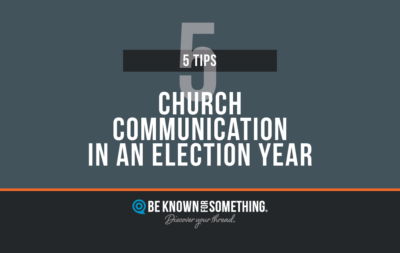Imagine driving a car that doesn’t work properly. Every time you get into it, there are constant reminders that you need to update your vehicle. Perhaps it’s a convertible with the top constantly down while it’s cold outside. Warning lights are going off all the time and everyone around you knows the car is totally wrong for you.
It doesn’t make sense does it? If you absolutely can, you’ll figure out another way. It’s that important!
A lot of churches are using broken online communication vehicles every day. Many are investing countless hours and dollars to sustain their bad church websites. Anyone that clicks on one of the church websites sees that it’s all wrong for them. It’s crazy.
Let’s stop the madness!
Let’s create effective online tools to communicate quality ministry. We represent the King!
Here are 3 ways church websites are broken that I’d recommend you fixing (or getting someone to fix for you):
- Can’t find important things. We hear it all the time, people come for directions, service times, and what to expect when visiting; and they can’t find it easily on the church website. Those links should be on the home page. Your main menu should also be around 5 links (that don’t need an explanation) while the lists under the main menu should be obvious and few. Make it easy to find your ministries!
- Too much content on a page. Most people won’t read more than 50 words on a webpage (unless it’s a blog where they’ll read about 300) so why put more than that on a church website page? If you absolutely “have” to; I’d recommend having links (in the slimmed down content) to take people to additional information. Or make the long text scannable (good headline, descriptive subheads, and bullet points or bolded text so someone can scan and get the understanding). Stop using long paragraphs!
- Not found in search engines. Having a website that’s not easily discoverable, is like parking your car and forgetting where it is. You want potential visitors to discover your ministry! Start with your URL: make sure it’s short and easy to remember. Then think about keywords that people would google to find you (think concerns and solutions). From that list, think about unique pairings and unique solutions you offer in your programs. Then set up your meta tag keywords and use them throughout all your content!
Notice I didn’t once mention design? That’s what most ministry leaders want us to fix — but it’s usually more important to have a simple website with proper content. A website is just a tool — a vehicle — to post content. Start with content and then consider updating your website design later.




